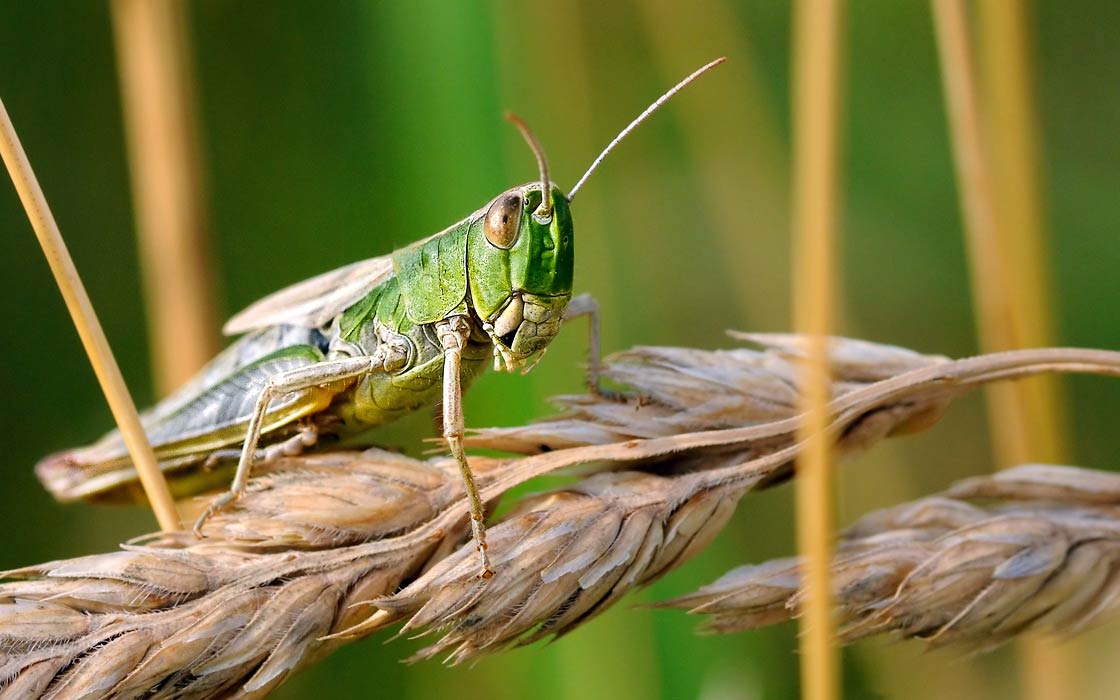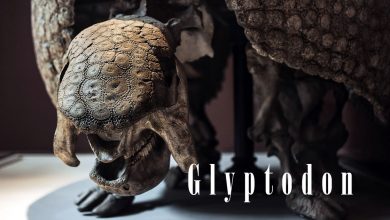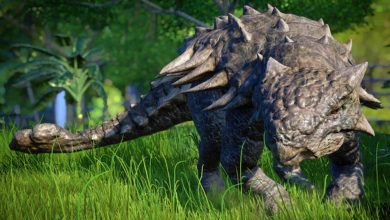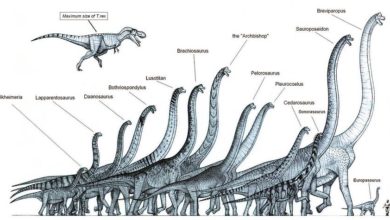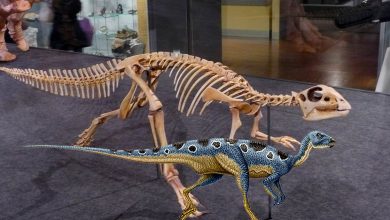Why don’t the locusts collide?
Imagine a small city with some 80 million cars on the road at once. How possible is it that there will be no collision between them? You will probably admit that the probability of a collision in such a large group of moving vehicles is high. However, you may be interested in the fact that there are creatures that can move safely in such huge groups. They are locusts. Let us take a closer look at them and see if their anti-collision system can be used in technology.
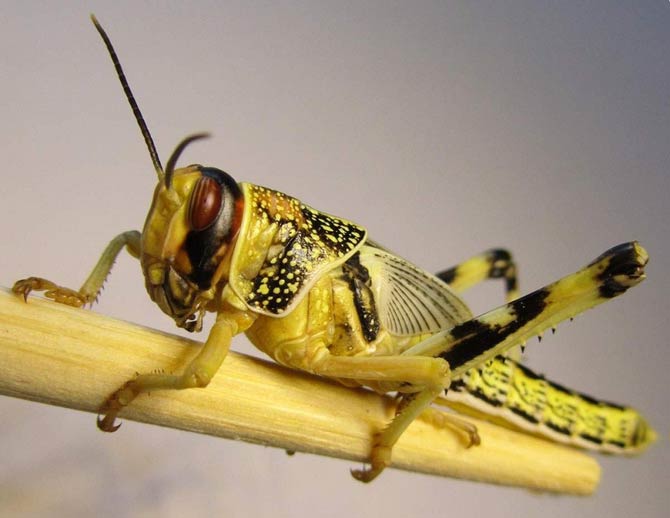
Portrait of a locust
The migratory locust (Locusta migratoria) is a small Orthoptera insect of the locust family (Acrididae). Adults are less than 5 cm (2 in) long.
Locusts feed mainly on grass, but they can eat virtually any plant they encounter. This is why they are so dangerous to crops. They usually move in herds of 40 to 80 million individuals per square kilometer, and when they hit farmland, they can completely destroy them, as each adult locust can eat as much as it weighs (i.e. several grams) per day.
For every million insects, it is as much as one ton of vegetation absorbed per day. The whole herd can eat as much as 80 tons of crops in one square kilometer in one day! No wonder, that in such situations, people speak of a locust plague.
Their herds are also very mobile. Each individual can move at a speed of 15 to 20 kilometers per hour (9 – 12 mph), using the force of the wind for this purpose. During the day, the group can travel up to 130 kilometers or more. Their northward migration route is 2,000 kilometers (1,240 mi).
Despite such a large group size and such a dense distribution (imagine 80,000 individuals in one cubic meter!), Locusts do not collide with each other. How is this possible?

Motion detectors
Lobula Giant Movement Detectors (LGMD) are the two neurons (LGMD1 and LGMD2) found in the eyes of locusts. They are responsible for instant threat detection. They can determine the size, shape and speed of an approaching object and the approximate time of collision.
The information obtained is immediately sent to the postsynaptic Descending Contralateral Movement Detector (DCMD) neuron.
Thanks to this, the impulse reaches the wings and legs of the insect, which responds in a fraction of a second, five times faster than a human blinks an eye!
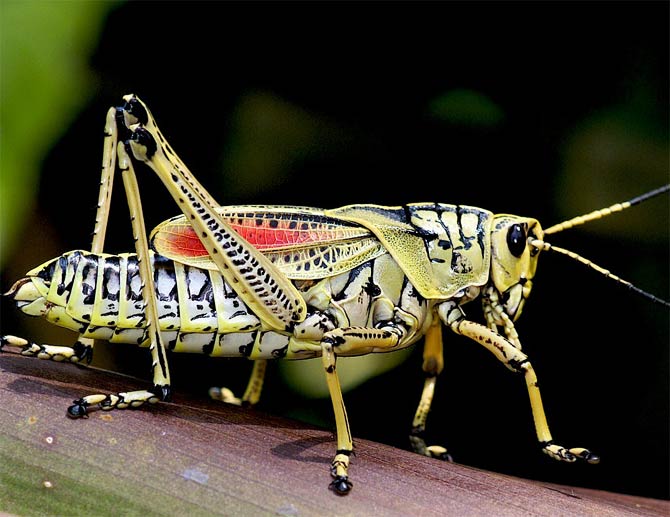
Hide reaction
When a locust detects a threat and its neurons stimulate it to act, a stealth (hide) response is triggered. It is a maneuver during which an endangered insect hides behind another object (e.g. a branch or a leaf) to avoid a collision.
Interestingly, the locusts are equipped with a motion detection system and stealth (hide) response throughout their development phase. So even the youngest, one-day-old individuals are able to recognize the threat and take refuge from it.
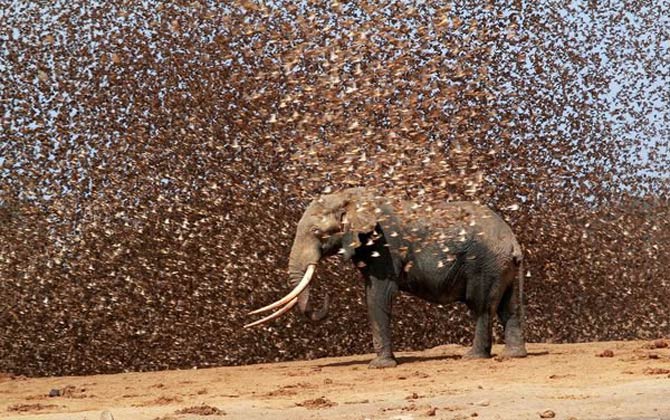
Inspiration for robotics
Scientists from the University of Newcastle upon Tyne in England have spent 30 years researching locusts. In 2013, the results of these studies were published.
The aim of the researchers was to discover how locust neurons that detect motion and their stealth (hide) system work, to make use of this data in robotics.
The project’s most important achievement was to artificially induce a stealth (hide) response using a computer-generated stimulus. As a result, visual collision warning and avoidance systems can be developed for vehicles and robots.
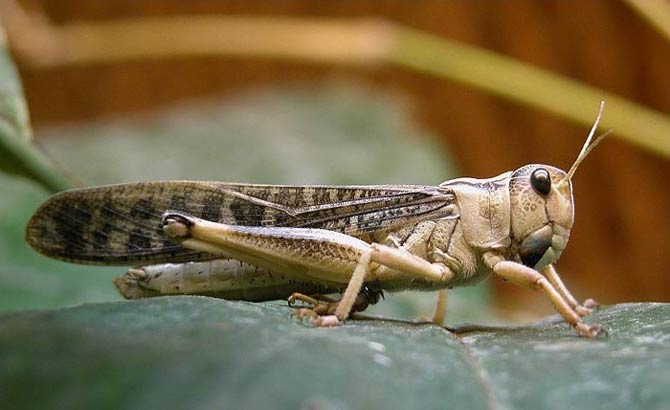
Further research
Until 2013, only adult locusts were examined. However, there are indications that the system develops in a different way in young insects than in adults. Namely, one of the neurons can mature faster than the other, although both are active from the first days of the insect’s existence.
Moreover, the maturity of these transmitter groups increases with the age of the locusts.
It is also possible that only one of the neurons, LGMD2, is responsible for triggering the stealth (hide) response.
Carrying out further research and learning on this topic may be useful to improve existing threat detection technologies for intelligent, autonomous (self-driving) vehicles.

Recommended
- Ants – unusual insects
- Fastest animals – Top 100
- Fastest animals – on land, in water and in the air
- Fastest mammals
- Fastest birds
- Most venomous snakes – Top 10
- Largest eagles – Top 10
- Largest birds of prey
- Smartest dogs – Top 10
- Animals records
- Largest crocodiles
- Longest whales
- Heaviest whales
- Longest snakes
- Most venomous snakes
- Largest sharks
- Top-flying birds

